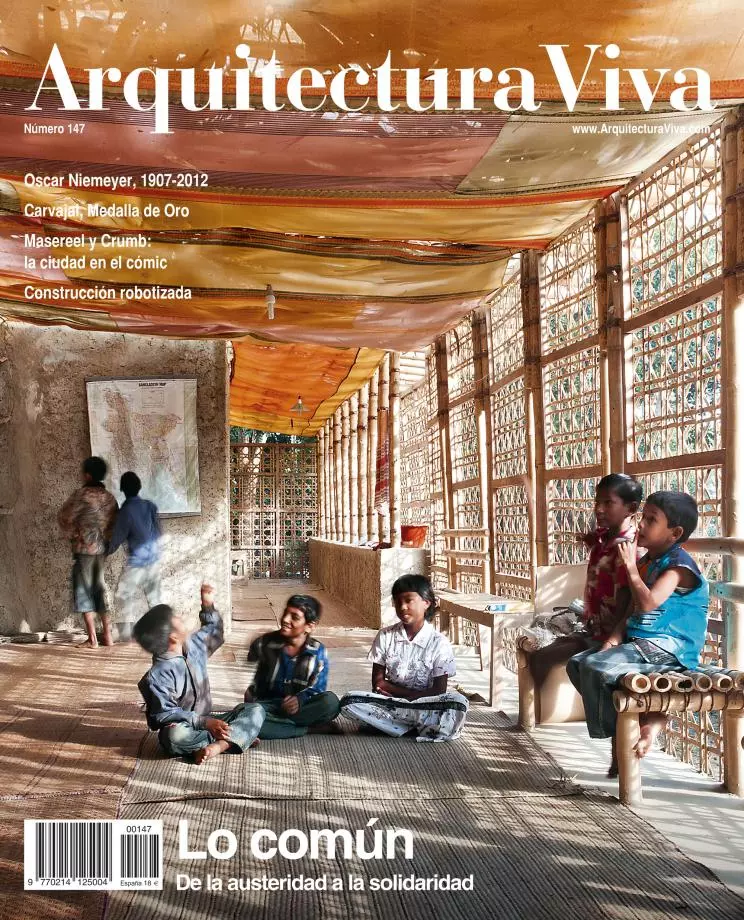
After twenty-five years appearing in Spanish only, Arquitectura Viva becomes bilingual starting with the next issue, and this editorial hinge prompts us to look back. During this period we have striven to cover architecture in Spain and the world in its cultural, technical and artistic dimension, but also within a broader ideological, political and social context. Our database reflects well that ecumenical vocation, perhaps inevitable in a publication that from the beginning set out to be a magazine of ‘record’ rather than one linked to a specific position. And as for the desire to present works and authors within the frame of events and history, there is no better example than the double issue devoted to 9/11, perhaps the only one worthy of being rescued from a burning library. But if we wish to retrace our steps, reading our first issue may be the best way to recall our initial intentions.
Devoted to deconstructivism, launched at the MoMA with a show that my presentation described as “a turn from confectionery to origami”, the issue featured a long article by Rosemarie Haag Bletter about Frank Gehry and an interview with Jacques Derrida, architectural and philosophical supports of that new sensibility; it also included a caustic text by William Curtis on Venturi’s National Gallery, and a kinder one by Peter Buchanan on Moneo’s Previsión building; aside from, furthermore, articles by Catherine Cooke and Juan Daniel Fullaondo about constructivism and Oteiza, cross-criticisms by Juan Antonio Ramírez and Guillermo Pérez Vilalta, an interview with Peter Greenaway, texts about Els Joglars or Mariscal, and analysis of a Yamasaki skyscraper, CAD programs or the latest Lancia model; as well as an op-ed piece by Félix de Azúa, ‘Cataluña Titanic’.
The photographs were worse and the technical documents fewer than today, but the magazine had a fresh critical approach and a broad range of interests that are perhaps missing in the current publication, where offering precise information has dimmed intellectual curiosity and daring opinion.
In this new period we should strive to reconcile rigor and boldness, maintaining its goal of covering the planet from Spain, and placing architecture within the general background of contemporary society, its achievements and failures, its aesthetic ecstasies and its ethical agonies. At the recent Venice Biennale, Arquitectura Viva was present with an installation, ‘Spain mon amour’, which tried to make visible the current crisis of the country, and this issue begins with a text that presents our position in this perfect storm, which we can only hope to ride convening the tenacity of the intellect and the optimism of the will.





